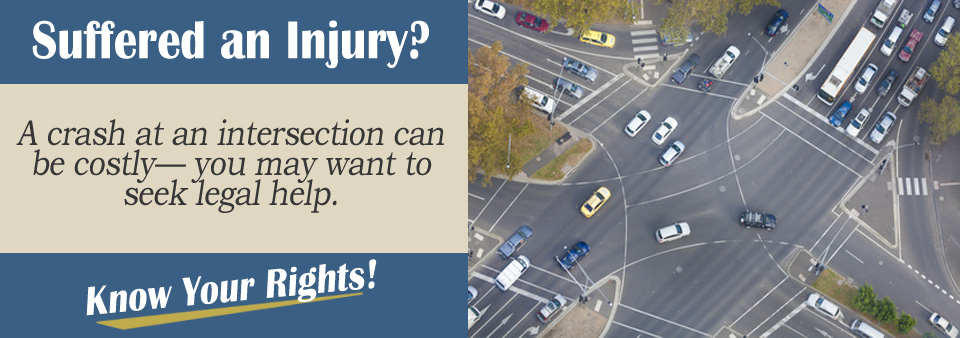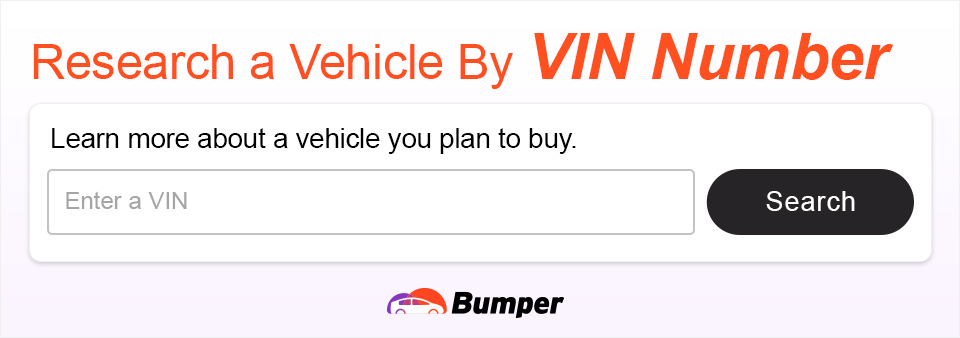You are more likely to be hurt badly when you approach or cross an intersection than just about anywhere else on the roads. Auto accidents of any type can be hard to deal with. It’s not just the injuries and getting suitable treatment, but it can prove very costly, too.
Who pays your bills if you are hit by a reckless or drunk driver at an intersection? You may be able to claim compensation if you are able to prove that you were not at fault.
This isn’t easy to do all by yourself and most successful personal injury claims depend on the legal advice and the help you can get from an experienced personal injury attorney.
Auto Accidents at an Intersection
Auto accidents are common at intersections, even if they don’t seem to be busy. Some drivers think they can take chances and run a red light or charge through without stopping at a stop sign. It’s not just motorists who get hit, either.
Intersections are common places for pedestrian or bicycle accidents as well. Most accidents happen because one driver at least has failed to obey the relevant rules at the intersection.
The most common accidents include:
- side impact or t-bone accidents, usually when one driver has failed to yield or stop;
- head on collisions when a vehicle turns without waiting for oncoming traffic;
- pedestrians hit as a vehicle turns and fails to stop at a crosswalk
- bicyclists or motorcyclists hit as a large vehicle with limited visibility turns.
Intersection Auto Accidents: Who’s at Fault?
It is usually fairly obvious who is at fault at an intersection. The rules are straightforward. Stop at traffic lights on red; stop at a stop sign; obey the slightly more complicated yet sensible rules at an uncontrolled intersection; give way to pedestrians when making a turn at an intersection.
The driver who fails to observe any of the above rules and causes an accident will be the person at fault.
Usually, if there is an official investigation into the crash and then a police report, it will become clear which vehicle driver was to blame, but not every intersection accident is so straightforward.
If two drivers both fail to obey the intersection rules, whatever they are (e.g. two vehicles both proceed against red lights) then both may share some of the blame.
If one of the drivers is driving above the speed limit or behaves recklessly in any other way then this may also be a factor to take into consideration, even if the other driver was the main person at fault.
Damages That May Occur
An intersection accident could be anything from a slight bump in the rear to a very serious side on or head on crash. Everything depends on the following:
- the relative speeds of the two vehicles on impact;
- the size of the other vehicle in relation to yours;
- exactly where your car was hit;
- whether you or anyone else in the car were injured;
- who was at fault.
If your parked car was hit, the result could be anything from a mere fright and slight scratches on the side of the car right through to a total wreck of a car and you on a hospital bed.
The damage depends on where the car was hit, how fast the other vehicle was moving, the size and weight of the vehicle and how badly you and other occupants were affected.
Unless you were parked illegally or on the side of the road at night without parking lights, the one advantage of a parked car accident is that you should have good grounds for proving that the accident wasn’t your fault and was caused by negligent driving by the other driver.
Damages you may choose to claim if you opt for compensation from the other driver’s insurer might include any or all of the following depending on the exact circumstances:
- bent or smashed side mirror;
- broken side windows;
- bumper damage;
- damage to tires and wheels;
- engine damage if the impact was in the front.
- fender damage;
- shattered windshield;
- side panel scratches and dents;
- smashed lights;
- the nature of the injuries to your body and others inside the car.
If you were in a no-fault state when the intersection accident took place, unless the injuries were very serious, you would only claim from your own insurer, but may still file a claim with the other driver’s insurer for damage to the vehicle. In an at-fault state, compensation for medical costs, lost earnings, pain and suffering and property damage are sought from the other driver’s insurer.
Filing a Claim
After the crash, assuming that it is not a hit and run, you will need to exchange important details with the other driver. This includes:
- contact details,
- insurance and registration information.
Most intersection accidents will affect the flow of traffic and will probably involve both damage to both vehicles and injuries. Police should attend and make a crash report. You should make sure you get a copy of this report as well as:
- eye witness statements and contact details;
- photos of damage done;
- photos of injuries if practical.
In addition to this you should make sure you obtain every piece of documentation relating to the damage done to your car and the treatment you need for injuries. That includes:
- doctor’s report;
- results of any tests done;
- assessment by specialists;
- estimation of future medical needs and costs if the injuries are likely to be long term;
- damage report by a mechanic for your car with estimates of costs of repair.
Compensation That May Be Available
The compensation you should claim for should include any or all of the following depending on the severity of the accident:
- accommodation in hospital if necessary;
- ambulance fees if necessary;
- any estimated future medical costs;
- cost of any surgery;
- doctor’s fees;
- future lost earnings if necessary;
- lost wages or other earnings;
- repair costs for damaged car;
- replacement parts if necessary;
- the cost of all medication;
- the cost of all tests, e.g. x-rays, scans and other tests;
- the cost of repair or replacement of any other property that might have been damaged.
- towing charges;
Winnning Compensation For Your Injuries
Winning a compensation claim may make all the difference to you and your family if you have been badly injured at an intersection.
Don’t lose your chance of rightful compensation by neglecting to use an experienced personal injury attorney.

